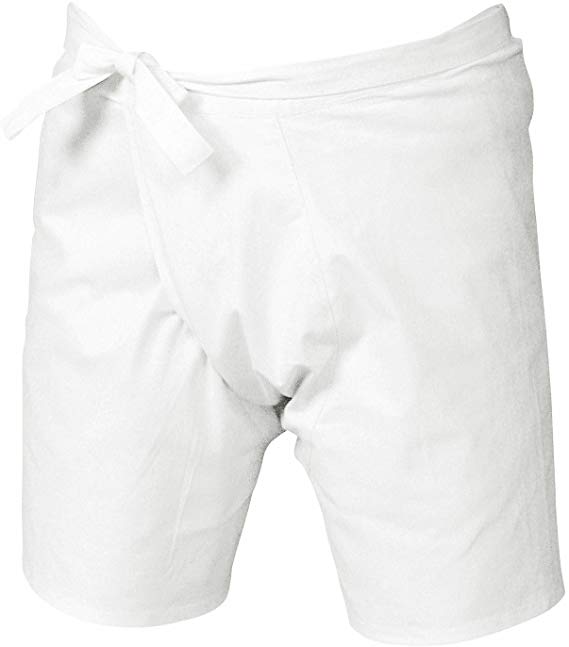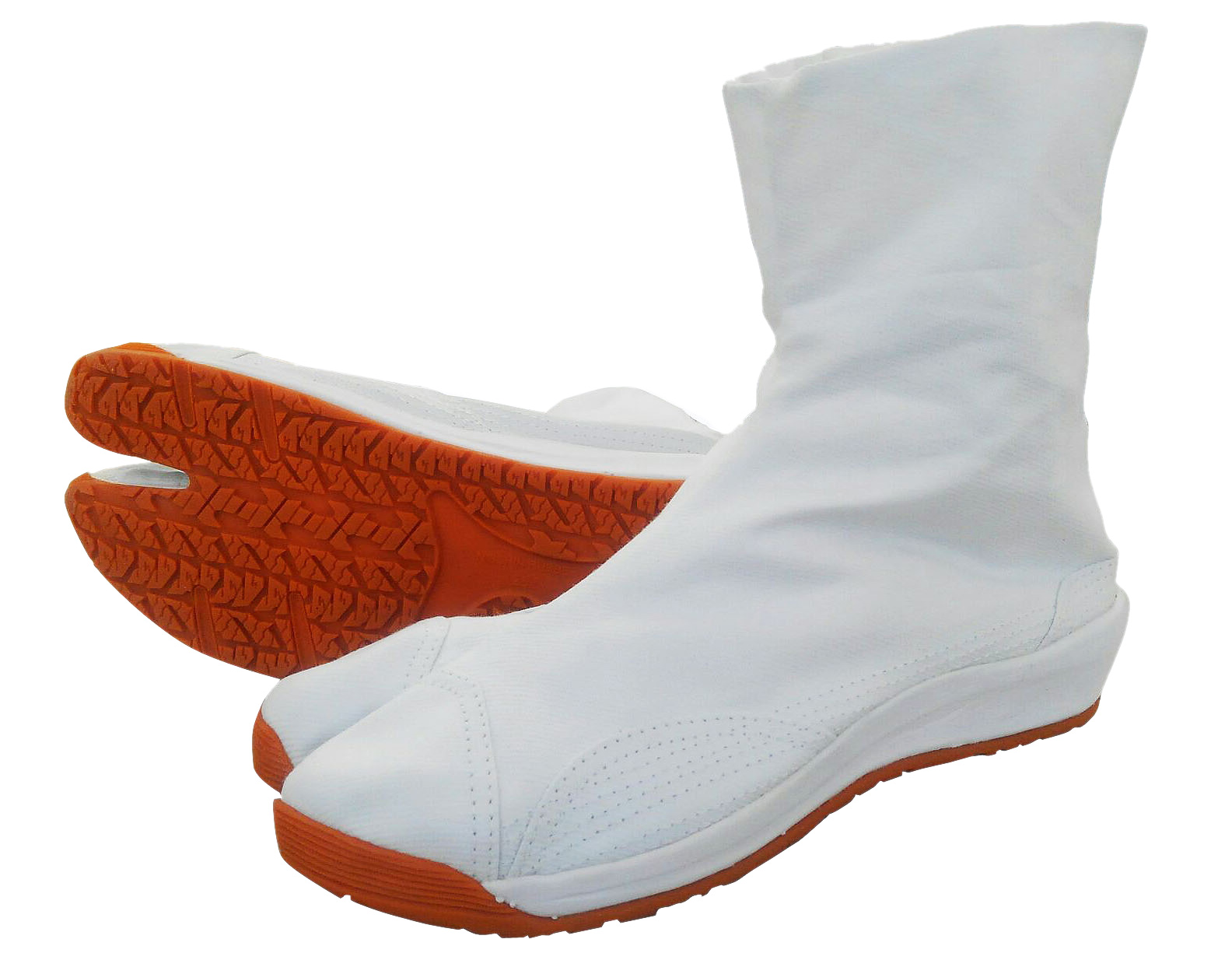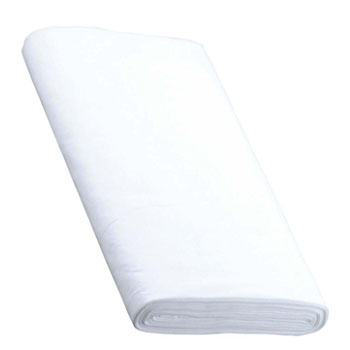For those who carry the Mikoshi
10th June, 2024
The Mikoshi is a sacred object. There are several rules that must be observed when carrying the mikoshi. Please read the following instructions carefully and observe them.
Failure to observe them may result in termination of your participation at the discretion of the mikoshi supervisor or Omachi Yakumo Mikoshi-kai officers.
Please make sure you are aware of these rules in advance.
2024 Omachi Festival - Carry the portable shrine
| Date of implementation | |
| Sat,13 July 2024 | |
| OWATARI | |
| Owatari is the daytime procession of the mikoshi on the first day of the festival. The mikoshi is carried by men attired in hakuchou , traditional shrine work attire consisting of a white gown and a black hat. | |
| 12:00 | Meet at Omachi Kaikan (lunch, change of clothes) |
| 13:00 | Start - end around 17:00 (dinner at Omachi Kaikan) |
| MIKOSHIBURI | |
| This is a normal mikoshi carrying event.Women are also welcome to participate. | |
| 18:00 | Meet at Yakumo Shrine |
| 19:00 | Start - end around 21:30 |
suggestions
| Clothing | |
| - | White half-Handako pants must be worn both day and night, and long or colored ones are not permitted. |
| - | Please use white tabi socks. No more than seven kohaze (small hooks) may be used. |
| - | The Haku-chou and Eboshi of the costumes for the daytime walk will be available for rent at the meeting place on the day of the event. |
| - | Please wear Omachi Mikoshi hanten for the night Mikoshiburi. Please apply for a rental hanten when you apply for participation. |
| Notice | |
| - | Drinking alcohol and carrying a portable shrine is strictly prohibited. |
| - | Please cooperate with punctuality. Also, please cooperate with us to the end without leaving in the middle of the tour. |
| - | If you are unavoidably absent on the day of the event, please be sure to contact the store where you applied or the Omachi Yakumo Mikoshi-Kai board member. |
| - | Please take care of your own physical condition during the Shinko. Please do not overdo it. If you should become ill, please contact the person in charge of the portable shrine or an Omachi Yakumo Mikoshi-kai officer. |
| - | Please follow the instructions of the Omachi Yakumo Mikoshi-kai officers and mikoshi managers. |
| - | We ask for your cooperation to make the festival safe and enjoyable. |
| * | In the Omachi area, Tabi Shoes can be purchased at Sagaya Kimono Shop (1-2-12 Komachi, Kamakura City, Tel: +81 467-22-2528).Tabi Shoes can be ordered according to size, so please inquire as soon as possible. Tabi Shoes can also be purchased at festival goods stores on the Internet. |
FYI
How to choose a half-Handako pants
Match the size of the thickest part of the thigh to the hem opening of the half-toe. As close a fit as possible is the chicest way to wear them. Immediately after purchase, soak them in warm water to remove the glue before use.
How to Choose Tabi Shoes
Tabi socks are designated as white in color with rubber soles (jikatabi).
The size should fit the foot exactly. It should neither be too big nor too small. As a rule of thumb, choose one that is about 5 mm smaller than the shoes you usually wear. Also, although it is common practice to wear them on bare feet, you can prevent shoe-slipping by choosing the perfect size and using commercially available items such as five-toed socks or socks for tabi socks as an inner layer.
The metal fittings that fasten the mouth of Tabi Shoes are called kohaze (small hooks). Usually, there are four kohaze. Some have five, some have seven, and some have more. In the Kanto region, there are four hooks, and in the Kansai region, five hooks, as the old people used to say.
When choosing a Tabi Shoes, these small hooks are important. If the number of hooks is small, the instep (the part from the heel to the ankle) will be shorter, and if there are many, it will be longer. The longer the instep, the better the ankle protection, so if the portable shrine is fast, as is the case at the Omachi Festival, we recommend at least five socks to protect the ankles.
Sarashi(bleached cotton)
The Sarash is important to protect the waist. Please choose a material made of 100% cotton; half a sheet is sufficient, as one sheet is too long. Immediately after purchase, soak the cloth in warm water to remove the glue before use.
After removing the glue, dehydrate the fabric lightly and fold it in half before it dries. While folding, wrap it around a stick-shaped object (a Saran wrap core is convenient).
When actually wrapping it around the body, moisten it slightly and then wrap it around the body from the belly below the navel to the chest. To get a tighter wrap, twist the wrap a bit to get some flex while wrapping it.
After wrapping up to the bottom of the chest for men and up to the top of the chest for women, pinch it in place over the wrapped sarashi. Wrap it tightly so that there are no loose ends.
If you would like to wear a shirt under your Hakucho or Hanten
Please choose a white dabo shirt or koiguchi shirt.In our experience, we recommend 100% cotton for both shirts.Dabo shirt is literally a short, dowdy shirt.
It is worn loosely with the hem outside of the half underpants. The koiguchi shirt has narrowed sides and seven-minute sleeves that look like the mouth of a carp. This shirt was conceived by people in the olden days for use by mikoshi carriers. The hem is worn inside a half-matsubi. These costumes are now readily available at online stores, so please search for them.

Handako pants

Tabi socks

Sarashi